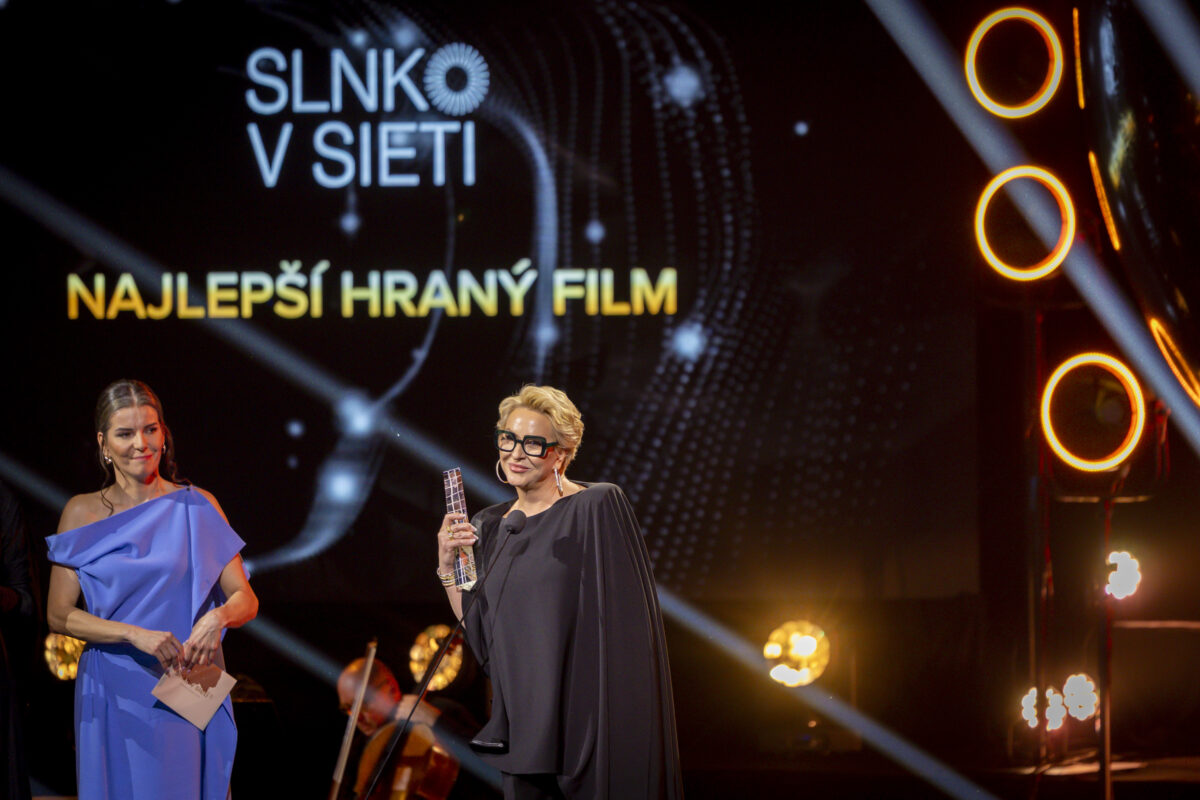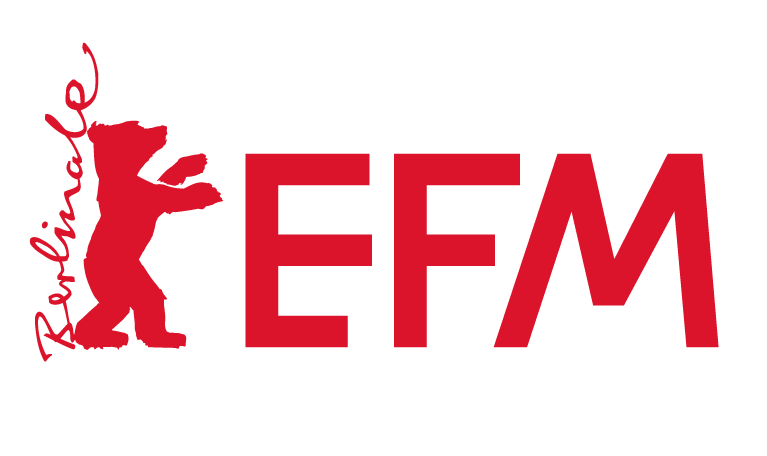Paula Ďurinová is a filmmaker, visual artist, and writer based in Berlin. She is interested in creating (utopian) landscapes and exploring forms of resistance. In recent years, she worked on film and art projects in Georgia, Bosnia and Herzegovina, Slovakia, and Germany. Her short films were presented at Sarajevo FF, Ji.hlava IDFF, One World Prague, or CinéDOC Tbilisi. She studied narrative and experimental film at the Universität der Künste Berlin and worked as artistic director and curator at ACUD Galerie in Berlin. Her feature debut Lapilli will make its world premiere at the 58th Karlovy Vary IFF in the Proxima Competition section.
In the film, you combine memories of your grandparents with observations of rocks. How did you work with this connection and how did you develop the film’s structure?
This connection came to me by itself. I probably still can’t rationally explain the reason behind it. The motivation to go to the stones was initially driven by a strong intuition. Shortly after my grandparents passed away, I became obsessed with the story of the Aral Sea, once the fourth-largest lake in the world, which has all but disappeared in our lifetime. Images of rocks, stones, and rocky valleys began to appear in my mind. The hard mass evoked in me a feeling of suspension, suspended time, but also a projection of something in the final stage.
Making the film became a means for me to be with my grandparents and try to cope with what their loss meant to me. The process of grieving and the process of making the film became one. Gradually, I grew interested in philosophies and interpretations of the landscape—deserts, craters, caves, etc. It was also a moment when different interpretations came together for me in these places—let’s say, geological and mystical. There, I rediscovered the story of my grandparents and everything made more sense. My grandfather was an experimental physicist, a scientist throughout his whole existence. My grandmother was a very spiritual person and a teacher who loved nature.
The sentences you read yourself in the film seem to come from different sources. Could you tell us more about the different texts you use?
The essayistic form of writing, which connects personal notes with various texts and studies, resonates with me personally. The text in the film is a combination of my personal notes, which were written directly at the filming locations, and paraphrases from Jeffrey Jerome Cohen’s books Stone: An Ecology of the Inhuman and Jan Zalasiewicz’s The Planet in a Pebble: A Journey into Earth’s Deep History. I was also inspired by Václav Cílek’s books on landscapes and the underground, and for the cave section, particularly by Petr Laučík’s publication, Kultúrna dimenzia jaskýň na Slovensku 1. Základy etnológie podzemia (Cultural Dimension of Caves in Slovakia 1. Basics of Underground Ethnology). The conversations with Peter were overall very inspiring for some aspects of the film. The commentary also contains paraphrasing of studies about the Aral Sea and, last but not least, an excerpt from the letters my grandparents wrote to each other in their youth. The text has several layers of narration; I like their interconnection and the ambiguity of whether I am speaking to myself, the rock, my grandparents, or the audience.
The film is constructed as a journey through a stony and watery, largely lifeless environment, which naturally adds an ecological dimension to the film. Was evoking the world in a climate crisis one of your intentions?
I need to admit that it was not my primary intention. The inorganic environment is part of nature, and it was rather a question of understanding time, for example geological, that interested me. Time, which, for example, flows completely differently in caves. Of course, the ecological context is present in the film, for example in the story of the lake, which has almost completely disappeared during our lifetime due to human activity.
During the initial research for the film, I was fascinated by a statement of philosopher Arne Johan Vetlesen, who said at the Culture of Grief conference that nature used to be a place where we went to process mental breakdowns, recover, and gain strength. This role is now changing, nature is becoming the object of our grief. “It’s a painful connection. To be connected to something that is on the way to extinction,” he says. Thus, the film is not only a mourning for the loss of loved ones, but also a mourning for the changes in nature, and a search for what this newly discovered horizon brings. Although at the beginning, I was mainly fascinated by the influence of water on the shaping of the environment and the question of what remains after its disappearance. By dealing with “inorganic” matter, I discovered new processes that work on other principles.
The film also has a rich soundtrack. How did you think of it?
I thought about the sound during the entire process of making the film. I knew from the beginning that I wanted to collaborate with Petra Hermanová on the music for the film. During the editing process, we also worked closely with musician Agnese Menguzzato, with whom we created the film’s sound design. We aimed for the individual sound layers of the film to interconnect and communicate with each other, making sure that the text commentary was not the sole carrier of information. We wanted music and sound to communicate both on emotional and informational levels. We also sought to engage the senses through sound, reflecting aspects of sound perception during stages of grief. This included moments of heightened sensitivity to certain sounds or a desire for silence.
In her music, Petra works with the autoharp, an old musical instrument, and also with the organ. She owns several broken autoharps which could be referred to as “dead”. We decided to work specifically with them. The material element, the touch of the strings, and the resonance are what we liked to work with. The film’s sound design is largely composed from the ground up. Agnese and I composed sounds that, for example, represent the memory of matter, the landscape, or memories written in the human body.
In addition to Lapilli, you are also finishing your next film with the working title It’s Not Your Fault. Could you tell us more about it? What stage is it in?
Initially, Lapilli was supposed to be a short film, but its urgency gradually grew and I had to postpone my second film project for a while. At a certain point, both films were being made at the same time and it was quite difficult. I am now very much looking forward to getting back to this next project. It is an essay-style documentary about collective anxiety, taking place mainly in an urban environment and is currently in production.

Lapilli
Proxima Competition
Screenings:
June 30 | 17:00 | Karlovy Vary Theatre
July 1 | 12:00 | Cas Cinema
July 2 | 10:00 | Lazne III
July 3 | 11:30 | Cinema B









